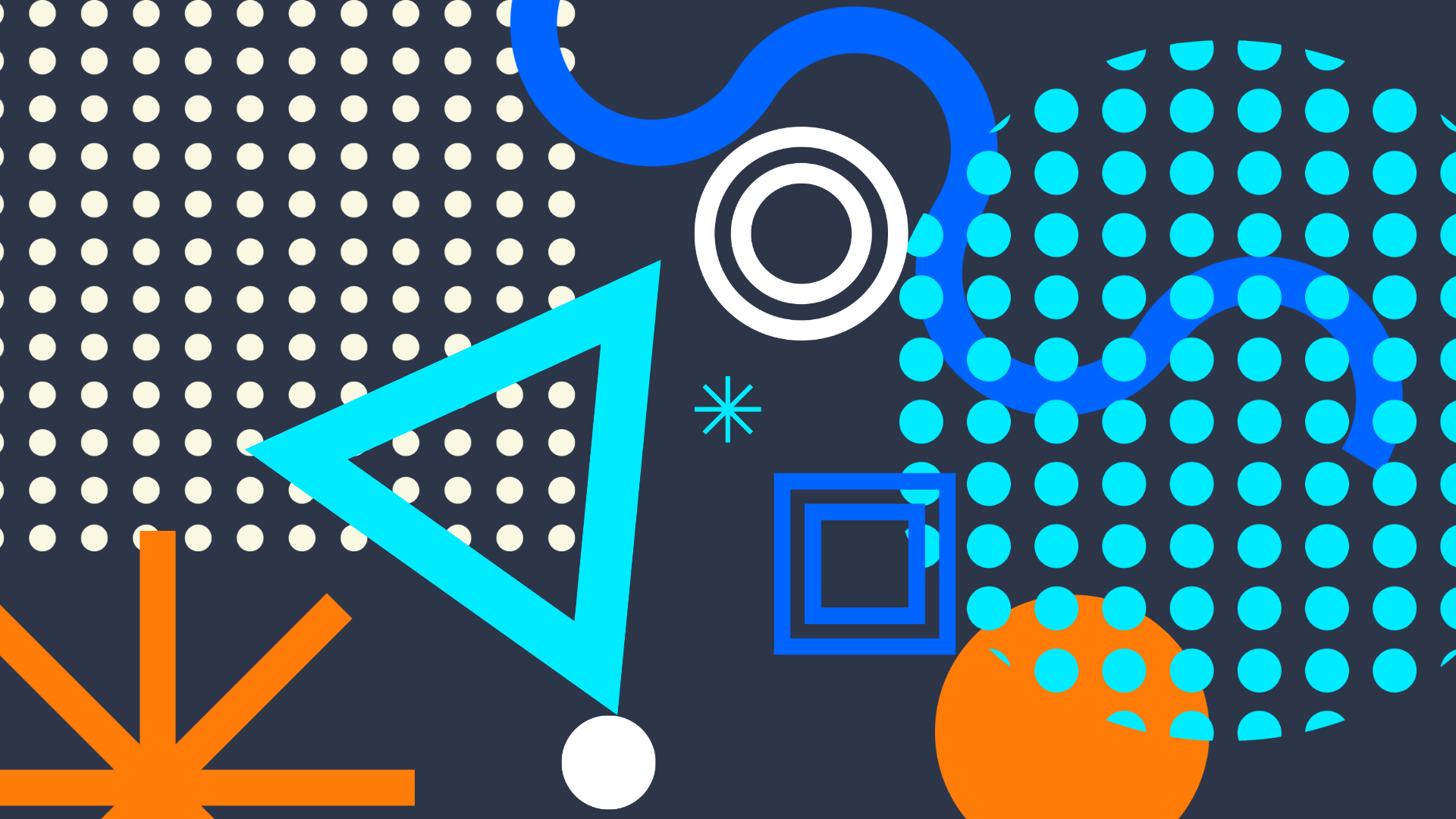Sales Enablement – A Game Changer in Sales Forecasting
Sales forecasting is the exercise of predicting how much a sales rep or team will sell weekly, monthly, quarterly, or annually. By using past sales performance data, sales managers are able to estimate how many deals their team is likely to close in the near future. Then, managers are able to use this data to calculate how much revenue they will produce in a given time period.
Sales forecasting is beneficial to all facets of an organization and allows teams to:
- Improve future decision-making
- Forecast risks and opportunities
- Align teams on future quotas and revenue expectations
- Design a set of standards to assess future trends
- Create a high-revenue sales pipeline to improve win rates
However, studies show that sales forecasting is about 75% accurate.
In this article, we’re taking a closer look at sales forecasting and figuring out how to use sales enablement tools and practices to make the most of your sales predictions.
Why is sales enablement crucial for sales forecasting?
Research shows that 57% of sales teams inaccurately forecast their pipeline due to poor sales processes. By using engagement tools, effective sales processes, and data insights, sales enablement leads to more accurate predictions resulting in meaningful forecasting. Let’s dive into the three ways a sales enablement strategy leads to increased sales forecasting accuracy.
1. Sales enablement standardizes and streamlines the sales process
Without streamlined internal sales processes, sales forecasting will always be a challenge. Think about it. Internal friction, like failing to correctly log contact information into the CRM or forgetting to add meetings notes into the contact record, decrease productivity. Sales reps understand that time is valuable. So spending excess time working on admin tasks may prompt reps to take shortcuts, risking the integrity of the data.
Yet, with the right sales enablement tech and processes in place, automating admin tasks is a breeze. These efficiencies also give sales reps more chances to be productive. With the ability to sell more often, sales reps can increase their sales velocity and move deals along quicker. This hyper-focus on sales activity, as opposed to admin tasks, provides sales managers with more data that they can leverage for precise sales predictions.
In addition, having a standardized sales process is crucial to generating meaningful sales predictions. If all sales reps are handling their pipelines in disparate ways, inaccuracies will muddle the forecasting process. However, using sales enablement strategies from the start with proper onboarding and sales training will design a strong set of internal sales best practices, shared by all. This, in turn, allows sales managers to better predict win rates across all reps.
2. Ensure effective sales pipeline management with
sales enablement
Often, sales enablement leaders are left out of sales forecasting meetings. However, sales enablement plays a key role in setting realistic goals and predictions. Thus, in order to find the highest sales pipeline priorities, enablement teams must align with sales managers.
For example, if deals are falling through, sales managers need to meet with sales enablement leaders to find a solution. Sales forecasting methods are only as telling as the data in your system. So first, identify the underlying problems causing deals to stall. Plus, take note of the reasons closed-won deals were successfully secured. From there, sales enablement leaders can better understand what they need to increase the likelihood of success. All the while minimizing or even removing the assets and materials that cause deals to stall. Thus, boosting the effectiveness of the sales pipeline and supporting truthful future sales forecasting.
With the proper data to support their decisions, sales enablement leaders can remain in lockstep with sales managers. This will make certain that sales forecasting is driven by data backed by a streamlined sales experience.
3. Data-driven insights through sales enablement
provide greater sales forecasting accuracy
Sales enablement best practices use sales performance and productivity insights to drive sales forecasting. So, most sales teams spend two and a half hours on sales forecasting each week. Yet, without the right processes and tools to allow for data-driven forecast modeling, a sales manager’s predictions can fall short. Insights derived through sales enablement tech can provide greater accuracy for forecasts and give your team the peace of mind that the forecasting is meaningful.
Thus, the root of accurate sales forecasting is clean data. Sales enablement tools will provide insights into sales performance. Sales managers can use these insights to make calculated predictions on the team’s sales path. For example, say your goal is to increase your team’s closing ratio from 30% to 35%. A sales enablement platform can track how many proposals were sent out, the number of clients garnered, and presentations given. It will also provide you with the data you need to figure out what your current closing ratio is.
So let’s say out of 100 proposals sent last year, 30 of them ended up as closed deals. Thus, your closing ratio is 30%. Now, you can alter your selling methods based on sales enablement best practices to boost your win rate.
Final Thoughts
The best sales forecasting methods are data-driven. Sales enablement tech provides in-depth individual sales rep performance data and customer data. These tools give you the information you need to predict future sales trends with greater accuracy.
According to reports, 97% of companies that use sales forecasting processes achieve their highest quotas. With sales enablement tools and processes, you can too. Reach out to us to get a personalized demo of our sales enablement platform and realize the benefits of using sales enablement to establish precise sales forecasting.

